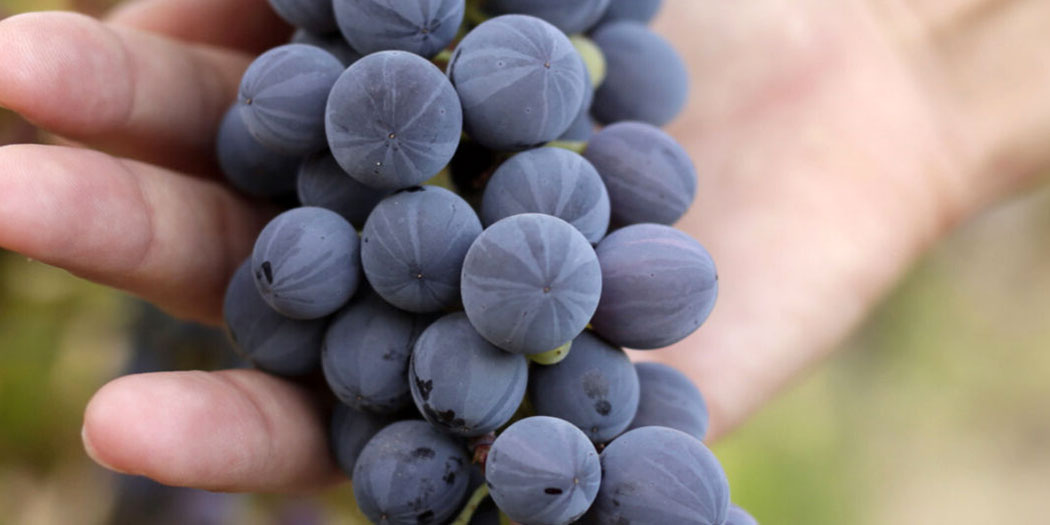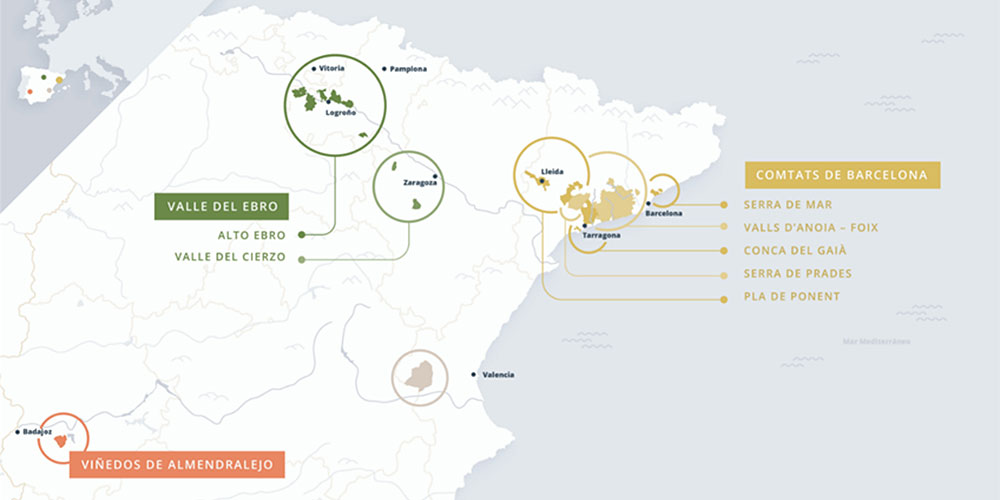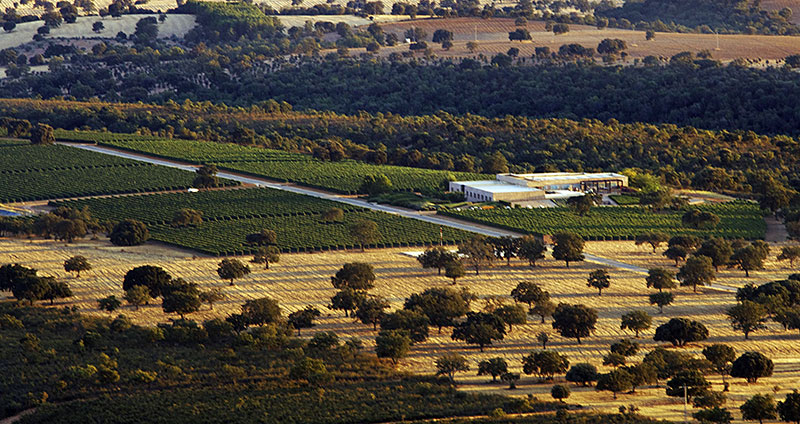Much like the recent announcements from DOP Cebreros, it seems that DO Sierras de Málaga has been busy over the summer as well given the interesting change of two new red varieties being allowed in their pliego de condiciones (bylaws).
For those who don’t live in Andulacía, this is probably not a terribly well-known DO, but it functions as the fully dry one for white, rosé, and red wines compared to the DO Málaga that makes almost exclusively dessert wines. These two, along with DO Pasas de Málaga for raisins are all managed by the same consejo (regulatory council). But despite the overlap in terms of administrations, throughout all of these DOs there’s a vast variance in terms of climate, being Mediterranean by the coast and becoming quite Continental with frost risks in the interior.
The first variety they’ve allowed isn’t the least bit rare, which is Garnacha Tintorera, better known as Alicante Bouschet. It was a bit curious to see this addition given that it isn’t “nearly extinct” (as is often the case for adding in varieties) and it’s surprising that they’re introducing it now. As shown by regions such as DO Valdeorras, they’re actually working to reduce the quantities that exist. Perhaps what there is in Sierras de Málaga will ultimately be the proper zone to make the variety flourish and excel above and beyond being “generally okay”? Only time will tell.
The much more interesting variety is ‘la Melonera’ which, as shown in the photo above, looks like little purple watermelons on the grape clusters–no, that isn’t some drunken AI rendering. This is the first DO in all of Spain to incorporate this variety into their pliego and it’s due to it having been documented in the region since at least 1807, specifically near the town of Ronda. But, as was the case in many regions, phylloxera nearly eradicated most of the diversity in planted grape varieties and Melonera, with a rather low fertility wasn’t replanted in any volume when people were recovering from the plague.
The work to reincorporate the variety was largely being pushed by the aptly-named Finca la Melonera who are working to recover nearly-extinct varieties in the region. These Melonera grapes come from an experimental vineyard that they planted with just 1,400 vines.
The profile of the grape seems like it fits in with current trends being quite aromatic as well as light in the body. There’s definitely a market for this if production can reach higher volumes.
These are but two recent changes to DO Sierras de Málaga who have been constantly evolving since the 1980s and haven’t let up, even with their formation as a DO in 2001. It’s a curious climate in the deep south of Spain and in a lot of ways, they’re at the forefront of experimentation for what’s to come in the rest of Europe, so constantly trying new varieties and approaches to winemaking is not just to their benefit but the continent overall.


